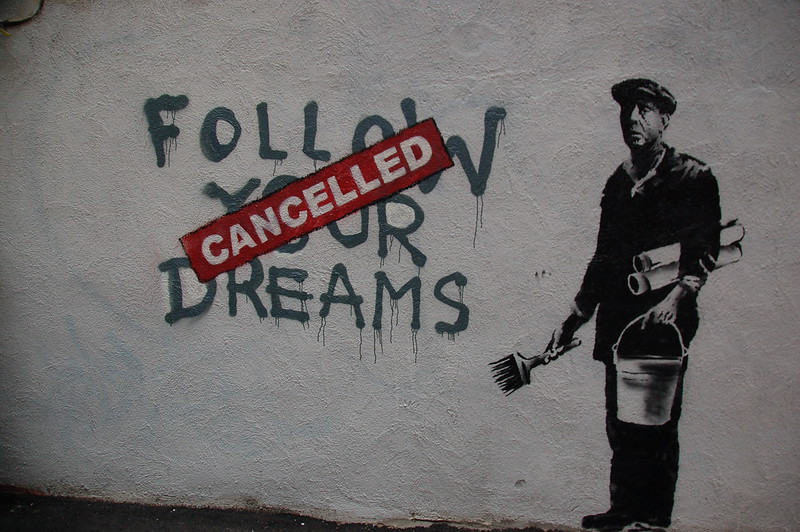How Might 3D Printing Give Rise to Movable Factories?
(3DPrint.com PRO is available only to subscribers)
The recent COVID-19 pandemic has highlighted the value of additive manufacturing (AM) as a potential stop-gap measure to overcome suddenly clogged supply lines, while also demonstrating the possibility of a distributed method of manufacturing with implications for re-shoring and localizing production. However, what if that is only the beginning of the picture being painted by 3D printing? What if AM disrupts production to the extent that movable factories come to replace permanent ones, creating an unpredictable changes for national boundaries and financial structures? Bear with me here.
As we stumble from crisis to crisis, we seem to have come upon a time of increased uncertainty. The bedrock of this century, the Pax Americana and the US dominance of global finance and political institutions such as the World Bank, UN, and IMF seem to be under threat. US institutions that extended their influence on a generally obliging world, such as the US central bank, the dollar, the CDC, FDA, SEC, and FAA, also appear weaker than they have ever been.
From one Communism versus Capitalism fault line, we have entered a mediascape minefield characterized by shards of truth and lack of understanding, where no one can agree upon the basic tenets of what is real or important. An environmental collapse is occurring as orderly transfers of power, elections, and processes crumble. Before, when we thought that there was danger, there was certainty. Rules that everyone obliged by have been replaced by chaos and variability. Markets, trends, products are all governed by a more fickle public. A world which until recently seemed increasingly stratified, orderly, and calm is discombobulating.

Banksy. Chris Devers.
Large blocks of order and legal unity have come unstuck, and new political risks have emerged. Populism and oligarchy have lead to a higher chance of government interference, expropriation, and a movable playing field. Corruption is not only seemingly on the rise; it is unchecked. A less independent media and less united public means that life in the shadows has become more comfortable. Protests and suddenly toxic relations between erstwhile friendly nations have increased these risks. Disinformation campaigns have been supremely successful, as also have some terrorists, fly-by-night political parties, and nakedly corrupt endeavors. People are becoming less unified, less cohesive, and less well-informed, while there is ever more information. Wildfires, floods, typhoons, and hurricanes also are newly recognized as expanding threats.
We are living in a more unpredictable world. HP’s Ramon Pastor said as much in a recent podcast. While 3D printing may be a tool to address this unpredictability, it may further destabilize the manufacturing space. Following in this article, you will gain an understanding for the value AM holds for the concepts of Industry 4.0 and lights-out-factories. You’ll also learn how the potential for re-shoring factories could transform into ever-shifting factory locales, with businesses leveraging their agile 3D printing production equipment to dodge taxes and pressure governments by taking their AM sites elsewhere.
Already a subscriber?
You are set to receive premium content directly to your inbox twice a month.
